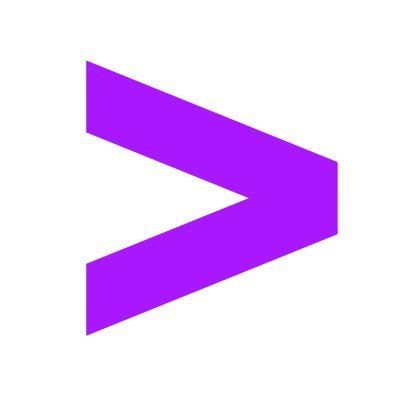
Accenture Product Designer (Engineering) Case — Redesigning a Global P&C Claims Experience
This case mirrors Accenture’s real interview style: a structured, consultant-like product design exercise with a strong emphasis on business impact, feasibility at scale, and collaboration with multi‑disciplinary, often globally distributed teams. Scenario: You are a Product Designer embedded in an engineering squad within Accenture Technology, partnering closely with Accenture Song. A Fortune 100 property & casualty insurer has engaged Accenture to reduce average time‑to‑first‑payment and call center volume by redesigning the First Notice of Loss (FNOL) and claims support experience across web, mobile, and assisted channels. Constraints typical of Accenture client work apply: legacy core systems with ongoing cloud migration, third‑party IDP/SSO, privacy/regulatory needs (e.g., GDPR for EU users), WCAG 2.1 AA accessibility, localization for three regions, and integration with COTS claims platforms and document services. What the interview covers (and how it’s run): - Problem framing and discovery plan (Accenture’s hypothesis‑driven, MECE structure): Elicit business goals, define success metrics (e.g., FNOL completion rate, average time‑to‑first‑payment, digital adoption, call deflection), identify key users (policyholder, claimant without policy, adjuster, call‑center agent) and moments that matter. Expect to articulate assumptions, risks, and an initial research plan (lightweight within the case timebox). - Service and journey thinking at scale: Produce a quick current‑state vs. target‑state journey map and a high‑level service blueprint (frontstage/backstage) showing how design, engineering, data, and operations interact—reflecting Accenture’s end‑to‑end delivery model across Technology, Song, and, where relevant, Industry X. - IA, flows, and low‑fi design: Outline key user flows (e.g., Start Claim → Capture Incident → Evidence Upload → Triage/Status). Sketch 2–3 wireframes for pivotal moments (claim initiation, photo/evidence capture, and status tracking with next best action). Demonstrate use of design systems, tokens, and componentization to enable delivery at scale and offshore collaboration. - Feasibility and tech alignment: Discuss trade‑offs with architects/engineers (file size limits, API availability, real‑time vs. batch updates, offline considerations). Show how you’d de‑risk via prototypes/experiments, and how your design choices map to sprintable backlog items with acceptance criteria. - Prioritization and roadmap: Define an MVP slice (e.g., auto claims, one region, core evidence types) and a 60–90 day phased plan. Use value vs. effort matrices and call out dependencies (identity, document capture, notifications, analytics tagging). - Accessibility, inclusivity, and localization: Explain concrete tactics (color/contrast, error prevention/recovery, alt‑text for uploads, progressive disclosure, RTL/translation readiness) and how you validate them in collaboration with QA. - Stakeholder and change management: Role‑play a brief readout to a client Product Owner and Tech Lead. Show how you handle pushback, align on value measures, and plan enablement (agent scripts, knowledge articles) consistent with Accenture’s change approach. What interviewers look for (Accenture‑specific signals): - Structured, client‑facing communication and hypothesis‑driven problem solving (consulting rigor). - Evidence of designing for enterprise scale, systems thinking, and measurable value. - Craft in IA, flows, and low‑fi wireframes, balanced with delivery pragmatism. - Collaboration in a global delivery model (clear handoffs to offshore teams, use of shared tools like Figma/Jira/Confluence, design QA). - Attention to accessibility, localization, and compliance as first‑class requirements. Expected outputs during the session: a crisp problem statement with success metrics; a target flow diagram; 2–3 sketched wireframes; an MVP definition with a short backlog (epics → stories with acceptance criteria); and a lightweight experiment/measurement plan. The format is interactive and whiteboard‑centric, closely reflecting real Accenture case interviews for Product Designers supporting engineering delivery.
8 minutes
Practice with our AI-powered interview system to improve your skills.
About This Interview
Interview Type
PRODUCT SENSE
Difficulty Level
3/5
Interview Tips
• Research the company thoroughly
• Practice common questions
• Prepare your STAR method responses
• Dress appropriately for the role